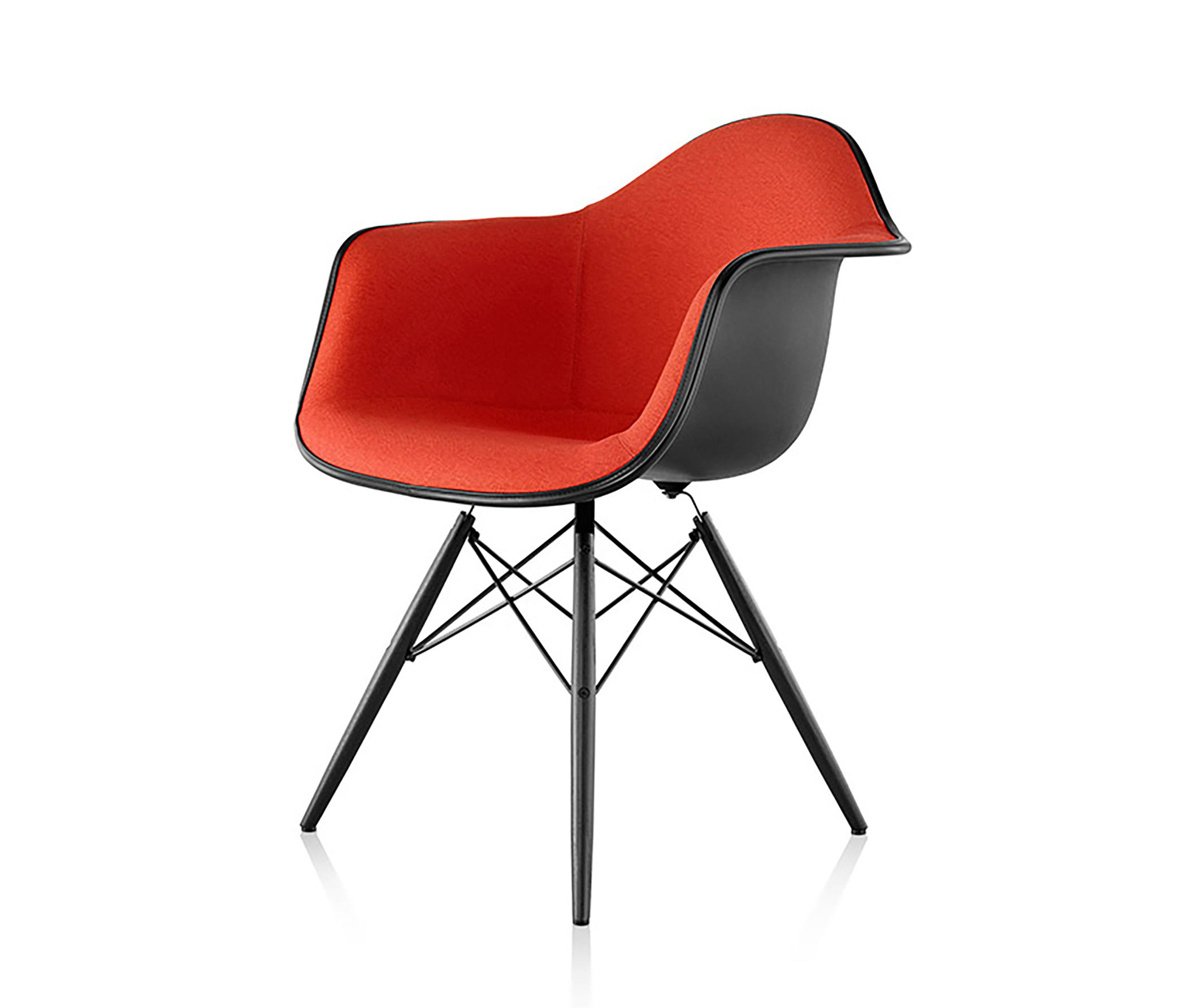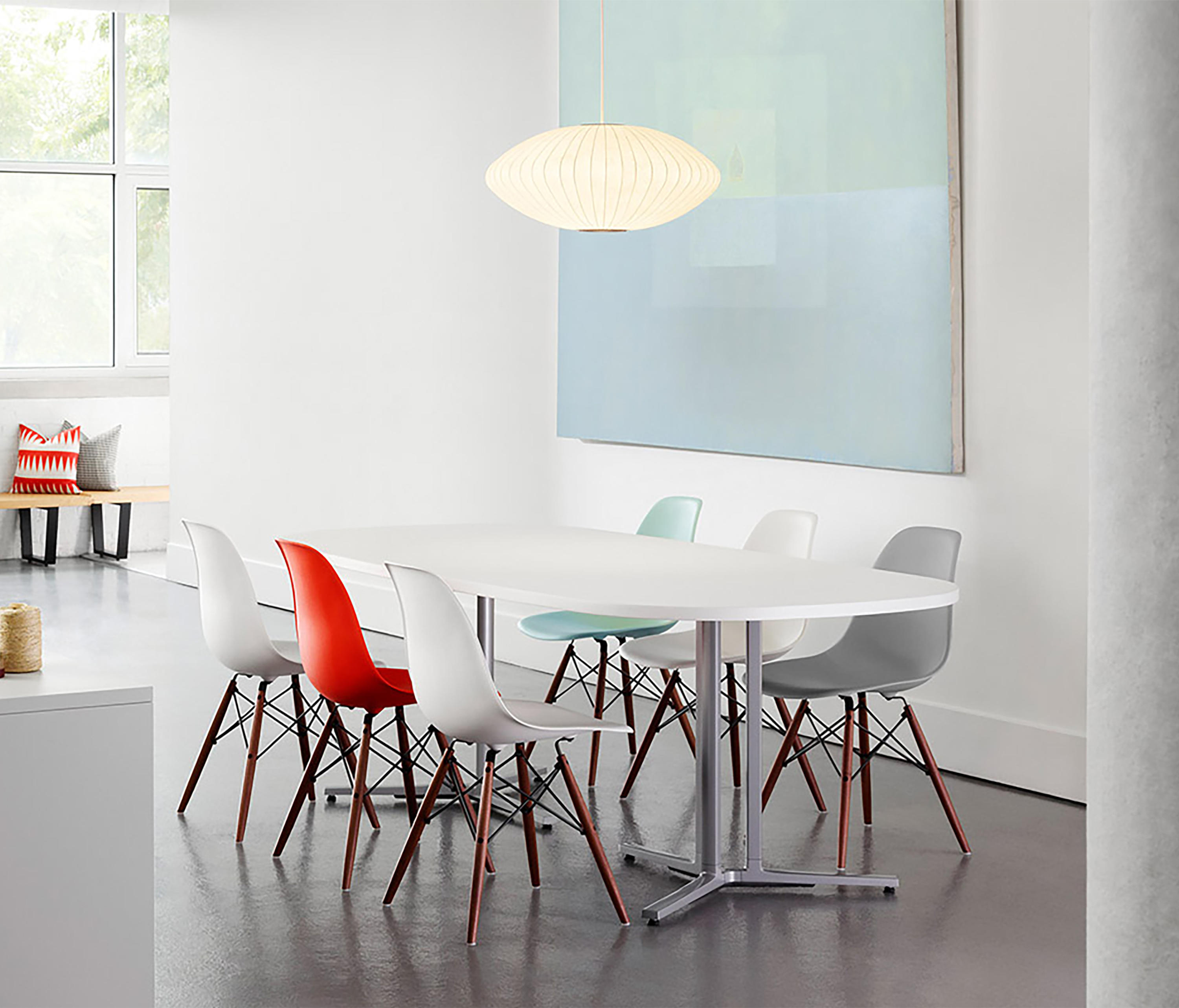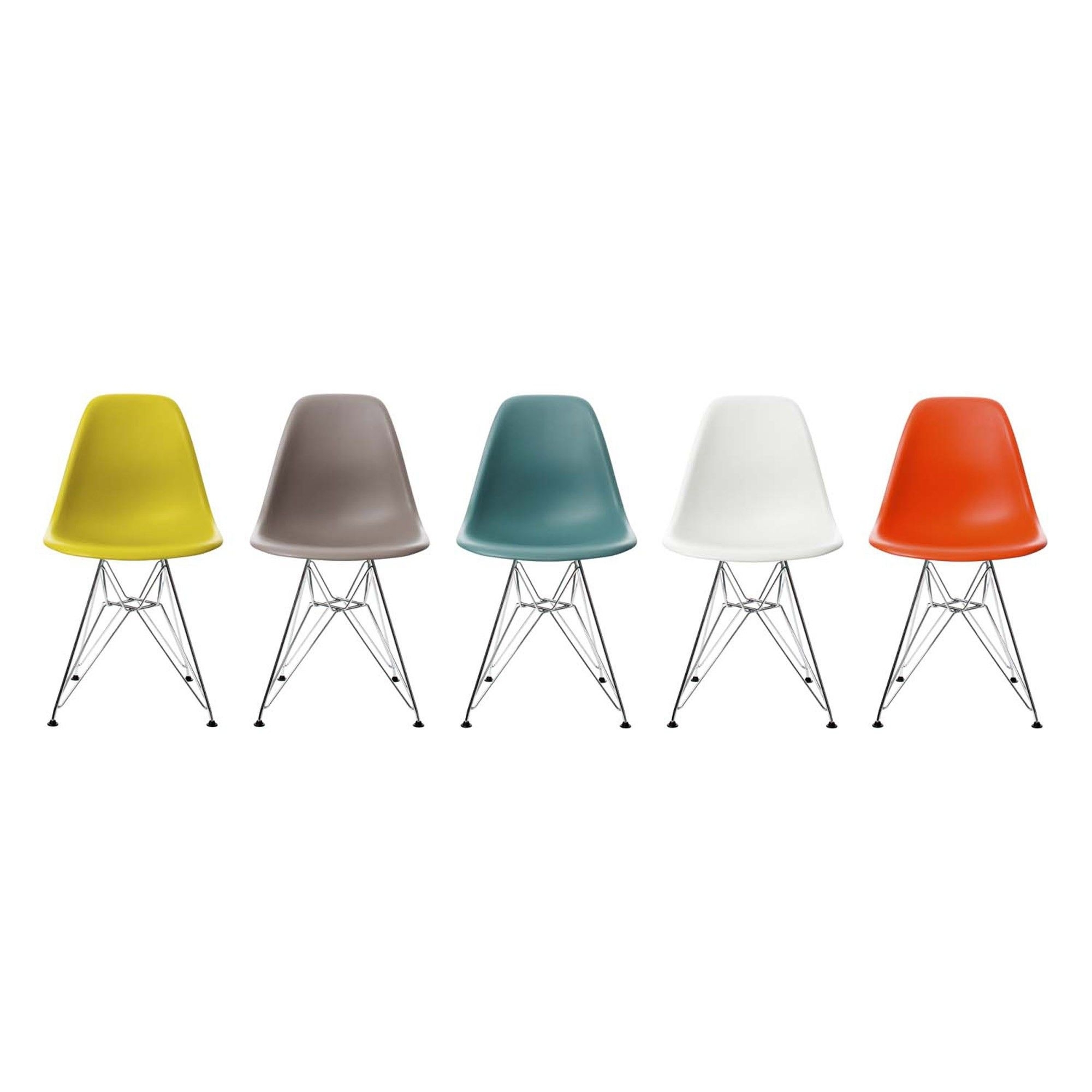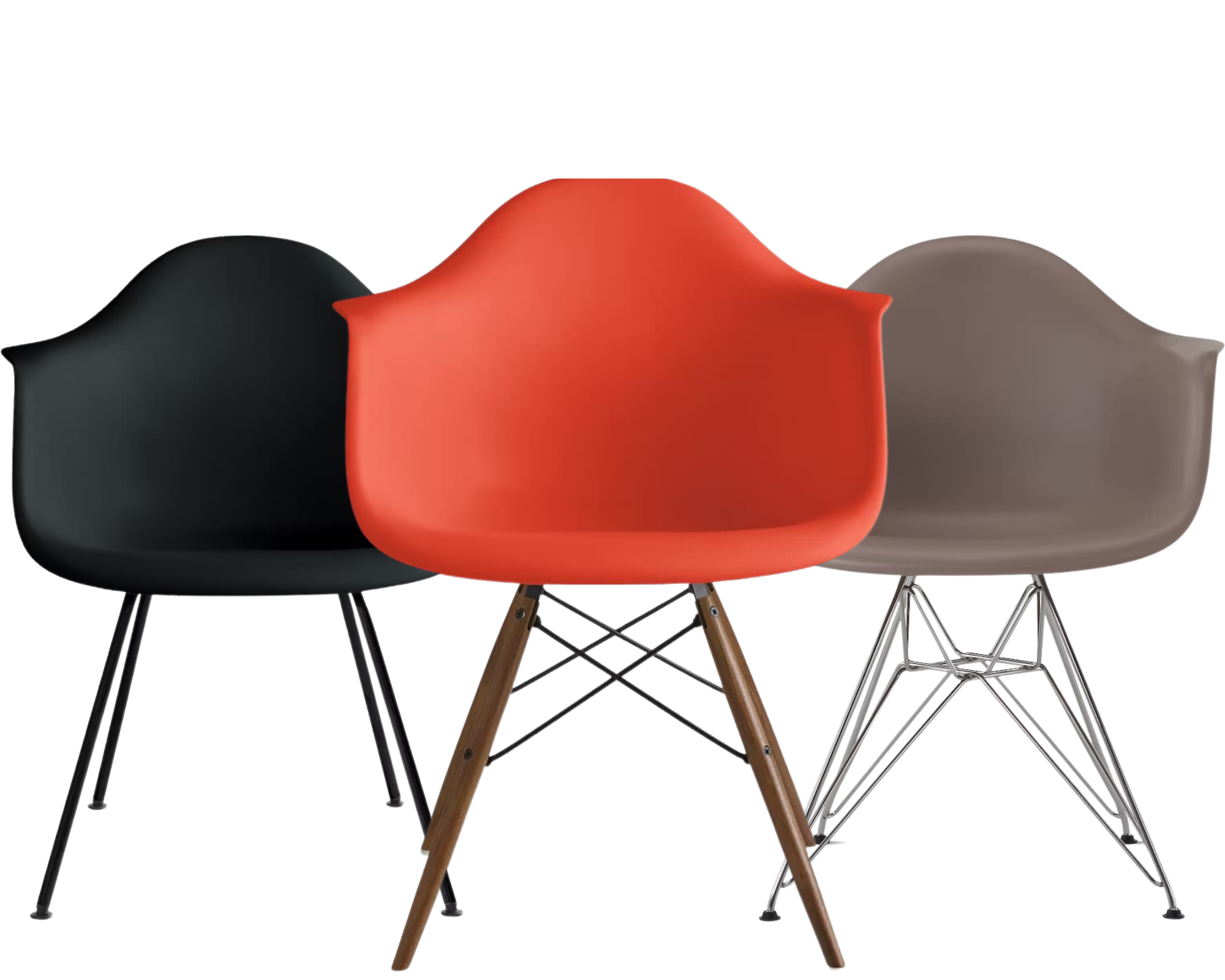History and Origins: Eames Molded Plastic Chair

The Eames molded plastic chair, a timeless icon of modern design, boasts a fascinating history that intertwines with the ingenuity of its creators, Charles and Ray Eames, and the evolving landscape of technology and materials.
The Eames’ Design Process and Inspiration
The Eameses, known for their collaborative approach to design, embarked on the creation of the molded plastic chair in the mid-20th century. Their quest for a chair that was both aesthetically pleasing and affordable stemmed from their belief in democratizing design. The Eameses were inspired by the organic forms found in nature, seeking to translate these shapes into functional and comfortable seating. They aimed to create a chair that would be mass-produced, making good design accessible to a wider audience.
The Eameses’ Role in the Development
Charles and Ray Eames were the driving forces behind the chair’s development. Charles, an architect and designer, brought his technical expertise and vision to the project. Ray, a painter and designer, contributed her artistic sensibility and focus on human experience. Together, they tirelessly experimented with materials and techniques, constantly refining their design until they achieved the desired outcome. Their unwavering commitment to innovation and their collaborative spirit were crucial to the chair’s success.
Historical Context and Technological Advancements
The creation of the Eames molded plastic chair coincided with significant advancements in technology and materials. The advent of fiberglass-reinforced plastic, a lightweight and durable material, provided a new medium for experimentation in furniture design. This innovation enabled the Eameses to create a chair with a complex, organic form that could be mass-produced efficiently. Furthermore, the postwar era witnessed a surge in demand for affordable and functional furniture, creating a fertile ground for the Eameses’ design to flourish.
Materials Evolution
The Eames molded plastic chair initially utilized fiberglass-reinforced plastic, offering strength and resilience. However, concerns arose regarding the material’s environmental impact and potential health risks. Over time, the Eameses and subsequent manufacturers explored alternative materials, including polypropylene and other plastics, to address these concerns while maintaining the chair’s iconic form and functionality. The evolution of materials reflected both the changing priorities of the design world and the ongoing quest for sustainable and ethical manufacturing practices.
Design and Functionality

The Eames Molded Plastic Chair, a testament to the ingenuity of Charles and Ray Eames, embodies a perfect marriage of form and function. This iconic design, born from a desire to create a comfortable and affordable chair for the masses, continues to captivate with its simple elegance and enduring appeal.
Shape, Form, and Materials
The chair’s signature shape, characterized by its graceful curves and flowing lines, is a result of the Eames’ exploration of the possibilities of molded plastic. The chair’s form is both organic and geometric, a harmonious blend of natural curves and precise angles. The use of fiberglass-reinforced plastic allowed for a lightweight yet robust structure, enabling mass production and making the chair accessible to a wider audience. The chair’s smooth, continuous surface, devoid of sharp edges or seams, enhances its comfort and contributes to its timeless aesthetic.
Ergonomic Considerations, Eames molded plastic chair
The Eames Molded Plastic Chair is a masterclass in ergonomic design. The chair’s contoured seat and backrest, carefully sculpted to conform to the human body, provide exceptional support and comfort. The slight inward slope of the backrest promotes good posture, while the chair’s generous seat depth ensures ample legroom. The chair’s height and angle are designed to encourage proper spinal alignment, minimizing strain and promoting a relaxed and comfortable seating experience.
Adaptability and Versatility
The Eames Molded Plastic Chair’s versatility is a testament to its timeless design. Its simple yet elegant form seamlessly integrates into a wide range of settings, from casual dining spaces to formal offices and public areas. The chair’s stackability further enhances its practicality, allowing for efficient storage and transport. The chair’s adaptability is further demonstrated by the availability of various base options, including wire, wood, and pedestal, catering to diverse aesthetic preferences and functional requirements.
Durability and Longevity
The Eames Molded Plastic Chair’s enduring legacy is a direct result of its exceptional durability. The chair’s construction, employing fiberglass-reinforced plastic, ensures its resistance to wear and tear, making it suitable for high-traffic environments. The chair’s resilient materials and robust design guarantee its longevity, ensuring that it can withstand the test of time. The chair’s timeless aesthetic, combined with its durable construction, ensures its enduring relevance, making it a valuable investment that continues to be cherished for generations.
Cultural Impact and Legacy

The Eames molded plastic chair, a seemingly simple design, has left an indelible mark on the world, transcending its role as mere furniture to become a cultural icon. Its impact extends far beyond the realm of design, influencing art, film, and even the way we perceive modern living.
The Chair’s Rise to Icon Status
The Eames molded plastic chair’s journey to icon status began with its debut at the Museum of Modern Art in 1948. This exhibition, showcasing the chair’s innovative design and affordability, cemented its place as a symbol of the emerging mid-century modern aesthetic.
The chair’s popularity soared during the 1950s and 1960s, fueled by its adoption by architects and designers, as well as its appearance in popular culture. It became synonymous with a modern, optimistic outlook, representing a break from traditional design norms and a embrace of new technologies.
- Its use in iconic architectural projects like the Eames House and the Case Study Houses further cemented its place as a design masterpiece.
- The chair’s mass production made it accessible to a wider audience, contributing to its widespread adoption and cultural impact.
- The chair’s simple yet elegant form resonated with the era’s desire for functional and streamlined design.
Eames Molded Plastic Chair in Contemporary Design

The Eames Molded Plastic Chair, a timeless icon of mid-century modern design, continues to hold a prominent place in contemporary interiors. Its enduring appeal lies in its versatility, adaptability, and timeless aesthetic, making it a perfect complement to a wide range of modern design styles.
Comparison and Contrast with Contemporary Furniture Designs
The Eames molded plastic chair stands out in the contemporary furniture landscape by offering a unique blend of classic and modern elements. While many contemporary designs prioritize bold, experimental forms and materials, the Eames chair remains true to its original principles of simplicity, functionality, and comfort. Its iconic silhouette, with its smooth curves and minimalist form, transcends trends and remains a timeless design statement.
- Classic Simplicity: The Eames chair’s uncluttered form and understated elegance contrast with the often complex and elaborate designs of contemporary furniture. This simplicity allows it to seamlessly integrate into a variety of settings without overwhelming the space.
- Material Evolution: While the original Eames chair was crafted from fiberglass, contemporary versions utilize a wider range of materials, including polypropylene, polycarbonate, and recycled plastic. These advancements offer increased durability, sustainability, and a broader palette of colors and finishes.
- Versatility and Adaptability: The Eames chair’s versatility extends beyond its material variations. Its design allows for numerous configurations, including stacking, swiveling, and armrests, catering to diverse functional needs and aesthetic preferences.
Continued Relevance and Appeal in Modern Interiors
The Eames molded plastic chair’s enduring appeal in contemporary interiors can be attributed to its timeless design, versatility, and ability to complement various styles. Its simple yet elegant form seamlessly blends with minimalist, Scandinavian, industrial, and even eclectic design aesthetics.
- Timeless Aesthetic: The chair’s clean lines and iconic silhouette remain relevant across generations, making it a timeless investment for any modern home.
- Versatility and Adaptability: The Eames chair’s versatility allows it to be incorporated into diverse spaces, from living rooms and dining areas to offices and outdoor settings. Its ability to adapt to different functions and aesthetics ensures its continued relevance.
- Sustainability and Eco-Consciousness: Contemporary versions of the Eames chair often utilize recycled materials, aligning with the growing emphasis on sustainable design and responsible consumption.
Adaptation and Reinterpretation of Design Principles in Contemporary Furniture
The Eames molded plastic chair’s design principles, including simplicity, functionality, and comfort, have been widely adapted and reinterpreted in contemporary furniture design. These principles have influenced the creation of new seating solutions that prioritize user experience, sustainability, and aesthetic appeal.
- Emphasis on Functionality: Contemporary designers continue to prioritize functionality in their creations, drawing inspiration from the Eames chair’s focus on ergonomics and user comfort. This is evident in the increasing popularity of chairs with adjustable features, such as height, backrest, and armrests.
- Sustainable Material Innovations: The Eames chair’s legacy of using innovative materials has inspired contemporary designers to explore sustainable alternatives, such as recycled plastic, bamboo, and bio-based materials. These materials offer a more eco-conscious approach to furniture production while maintaining high levels of durability and aesthetics.
- Fusion of Form and Function: Contemporary designers often blend form and function, creating chairs that are both aesthetically pleasing and highly functional. This approach echoes the Eames chair’s design philosophy, where form follows function and vice versa.
The Eames molded plastic chair, with its iconic design and minimalist aesthetic, embodies a certain modernity. While it offers comfort and functionality within the home, for those seeking a more leisurely and traditional experience, a hinkle chair company porch swing provides a quintessential sense of relaxation.
Just as the Eames chair became synonymous with mid-century modernism, the porch swing, with its gentle swaying motion, evokes a timeless charm, inviting moments of tranquility and connection with nature.
The Eames molded plastic chair, a timeless icon of mid-century modern design, offers sleek simplicity and functionality. While its minimalist aesthetic exudes sophistication, for a truly immersive and cozy experience, consider the pumpkin double swing chair. This delightful piece, with its soft curves and inviting embrace, evokes a sense of gentle swaying and relaxation, much like the swaying motion of a traditional Maluku hammock.
Both the Eames chair and the pumpkin swing chair embody a harmonious blend of comfort and design, each offering a unique way to unwind and savor life’s simple pleasures.